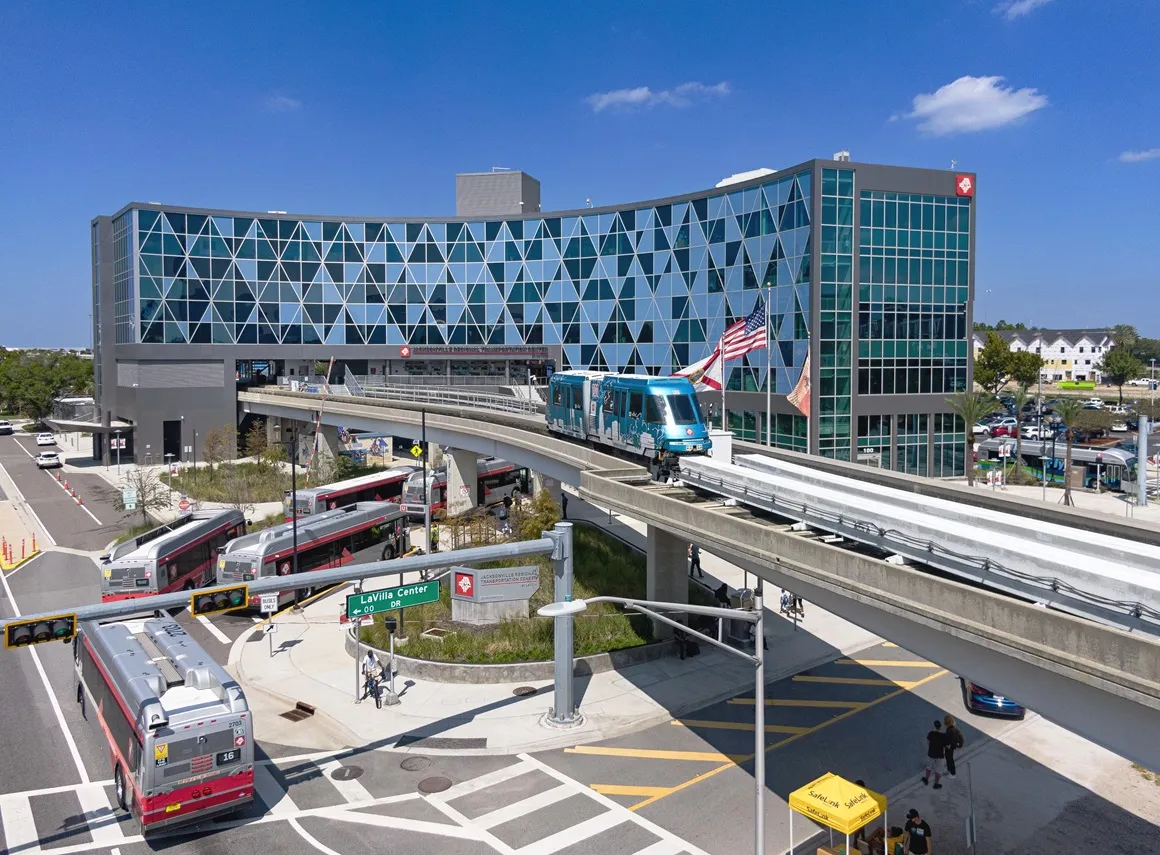A real-time traffic data collection system developed by the Texas A&M University Transportation Institute (TTI) is going nationwide and could go global, according to the university. The development, known as AWAM (Anonymous Wireless Address Matching), uses the first portion of the MAC address from anonymous wireless devices, such as Bluetooth-enabled devices, carried in vehicles to measure the travel time between two points along freeways and arterial roads in rural and urban environments. It provides real-
December 17, 2012
Read time: 3 mins
A real-time traffic data collection system developed by the Texas A&M University Transportation Institute (TTI) is going nationwide and could go global, according to the university.
The development, known as AWAM (Anonymous Wireless Address Matching), uses the first portion of the MAC address from anonymous wireless devices, such as Bluetooth-enabled devices, carried in vehicles to measure the travel time between two points along freeways and arterial roads in rural and urban environments. It provides real-time traveller information needed by traffic management systems, like Houston’s TranStar, to better operate roadways.
The technology was developed as TTI researchers were working on a project with the city of Houston. “The city was investigating ways to monitor traffic on major arterials,” TTI Research Scientist Darryl Puckett explains. “They were considering the AVI technology used in tolling and licence-plate recognition. The deployment of these systems would likely have been cost prohibitive within public agency budgets, however. It provided the opportunity for our team of TTI researchers to develop something less expensive and non-proprietary, and it was during that process that the notion of Bluetooth was considered.”
Puckett and his team members developed the new system, and extensive research and field testing determined it to be accurate, dependable and more cost effective for monitoring traffic on city streets than other available technologies. They applied for a patent and kept exploring ways to use their discovery.
In 2009, AWAM devices were installed along I-45 between Houston and Dallas to assist in monitoring traffic during hurricane evacuations. Fifty of the devices have been installed on I-35 between Hillsboro and San Antonio to inform travelers of construction-related delays and provide for enhanced traffic management for nearly 1,000 directional miles of busy Texas Interstate roadways. AWAM has also been installed in other Texas cities including San Antonio and Dallas. Additionally, the installations in the Houston area include separate systems managed by the city of Houston and Harris County.
“Other US states are installing AWAM devices with the TTI intellectual property,” says the university’s Mike Vickich, “but the world market is getting started and looks promising, with an existing system in Canada and opportunities being explored in other countries.
“One of the biggest drivers of the potential success of AWAM is new federal regulations that will go into effect in the next two years that require agencies to monitor the performance of their roadway systems. Of course, we think AWAM will do that efficiently and cost-effectively.”
61 Houston Transtar's Control Room handles transportation management for the Houston Metro Region. The city, Harris County, 375 Texas Department of Transportation and Metropolitan Transit Authority partner for the system. Transtar officials said the system is helpful in giving them fast data on speed and congestion. They in turn distribute that information via their website and message signs.
The development, known as AWAM (Anonymous Wireless Address Matching), uses the first portion of the MAC address from anonymous wireless devices, such as Bluetooth-enabled devices, carried in vehicles to measure the travel time between two points along freeways and arterial roads in rural and urban environments. It provides real-time traveller information needed by traffic management systems, like Houston’s TranStar, to better operate roadways.
The technology was developed as TTI researchers were working on a project with the city of Houston. “The city was investigating ways to monitor traffic on major arterials,” TTI Research Scientist Darryl Puckett explains. “They were considering the AVI technology used in tolling and licence-plate recognition. The deployment of these systems would likely have been cost prohibitive within public agency budgets, however. It provided the opportunity for our team of TTI researchers to develop something less expensive and non-proprietary, and it was during that process that the notion of Bluetooth was considered.”
Puckett and his team members developed the new system, and extensive research and field testing determined it to be accurate, dependable and more cost effective for monitoring traffic on city streets than other available technologies. They applied for a patent and kept exploring ways to use their discovery.
In 2009, AWAM devices were installed along I-45 between Houston and Dallas to assist in monitoring traffic during hurricane evacuations. Fifty of the devices have been installed on I-35 between Hillsboro and San Antonio to inform travelers of construction-related delays and provide for enhanced traffic management for nearly 1,000 directional miles of busy Texas Interstate roadways. AWAM has also been installed in other Texas cities including San Antonio and Dallas. Additionally, the installations in the Houston area include separate systems managed by the city of Houston and Harris County.
“Other US states are installing AWAM devices with the TTI intellectual property,” says the university’s Mike Vickich, “but the world market is getting started and looks promising, with an existing system in Canada and opportunities being explored in other countries.
“One of the biggest drivers of the potential success of AWAM is new federal regulations that will go into effect in the next two years that require agencies to monitor the performance of their roadway systems. Of course, we think AWAM will do that efficiently and cost-effectively.”










